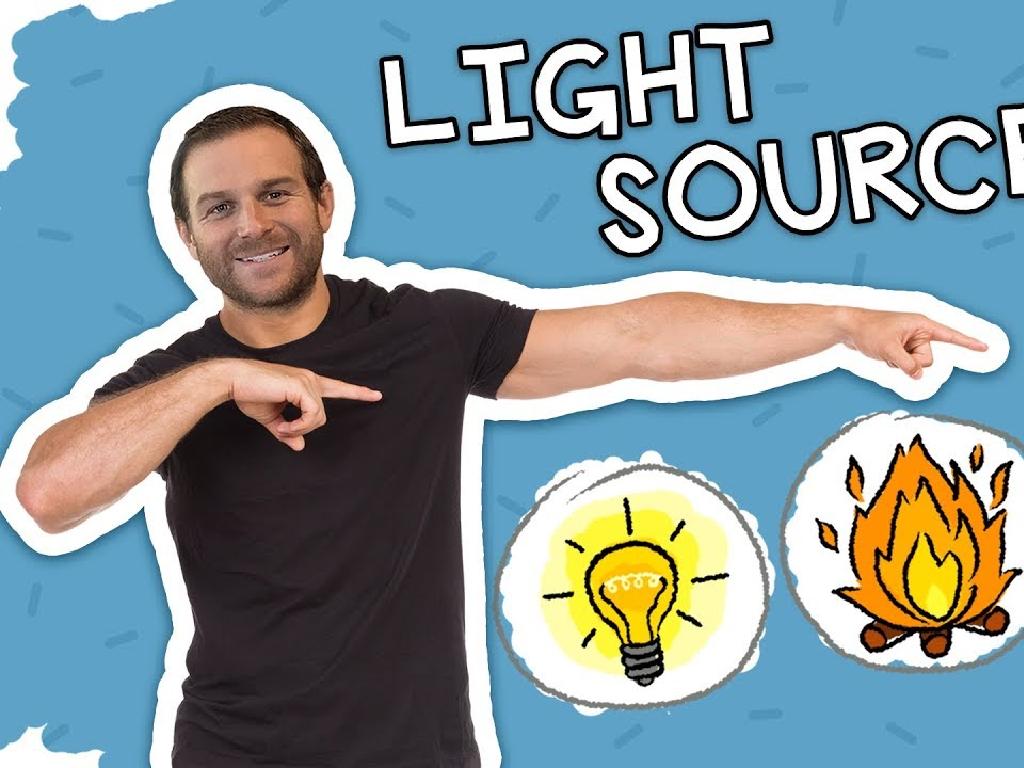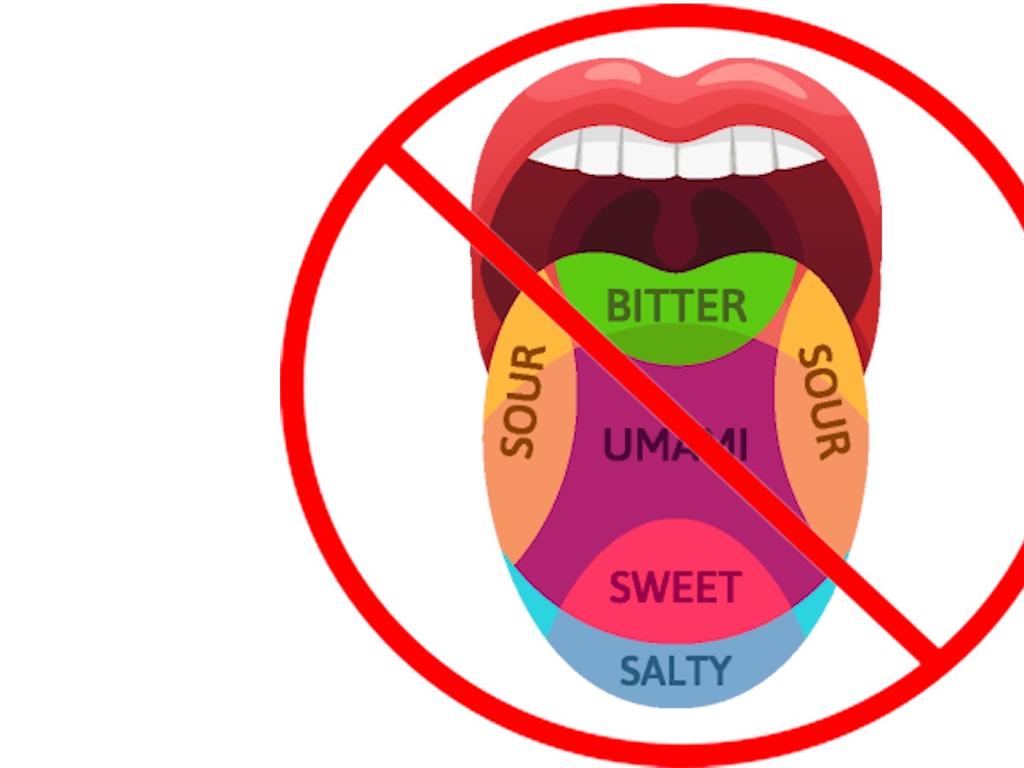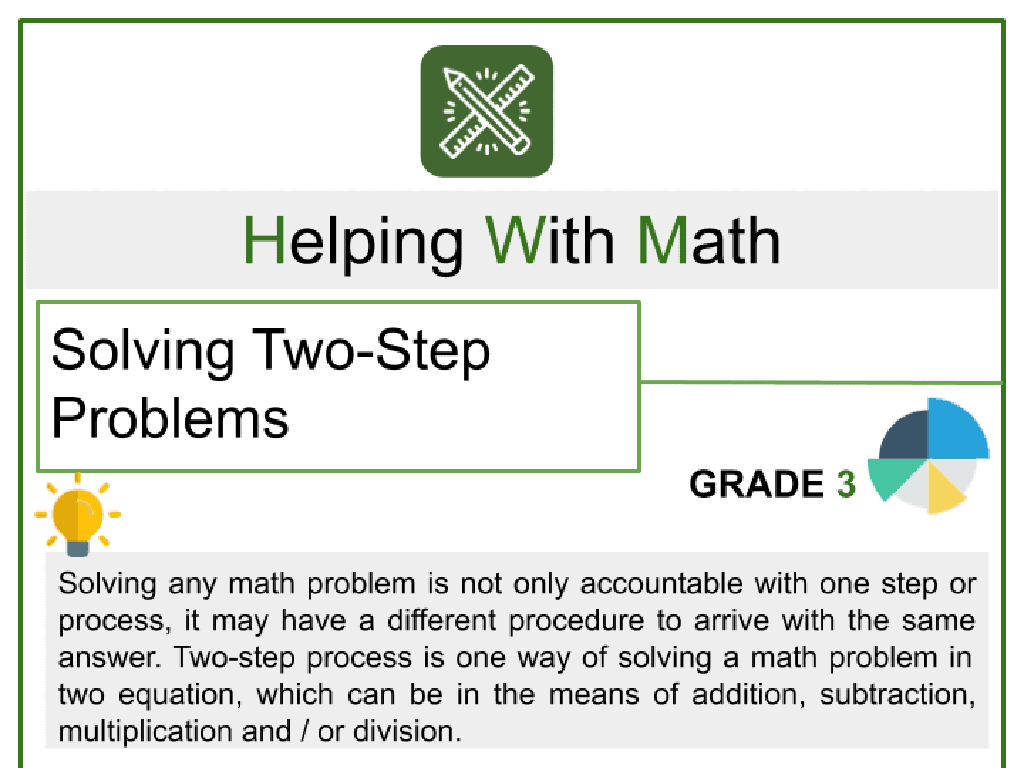Is (X, Y) A Solution To The System Of Equations?
Subject: Math
Grade: Eighth grade
Topic: Systems Of Equations
Please LOG IN to download the presentation. Access is available to registered users only.
View More Content
Introduction to Systems of Equations
– Define Systems of Equations
– A set of two or more equations with the same variables.
– Solving a system’s meaning
– Finding the variable values that satisfy all equations in the system.
– Real-life system examples
– GPS coordinates, budgeting, mixing solutions.
– Checking a solution
– Substitute values into each equation to verify if they hold true.
|
This slide introduces the concept of systems of equations, which are foundational in algebra. A system of equations consists of two or more equations with the same set of variables. To solve a system means to find all the variable values that make all equations true simultaneously. Real-life examples include finding the intersection of GPS coordinates or balancing a budget. Emphasize the importance of checking if a proposed solution is correct by substituting the values back into the original equations. This will be a key skill as students begin to work with systems of equations.
Is (x, y) a Solution to the System?
– Define a system solution
– A solution satisfies all equations in the system at once.
– Identify solutions graphically
– On a graph, look for where the lines cross.
– Intersection point as solution
– The intersecting point’s coordinates are the solution.
– Verifying solutions algebraically
– Plug in (x, y) to check if it solves both equations.
|
This slide introduces the concept of a solution to a system of equations. A solution is a set of values for the variables that make all the equations true simultaneously. When graphing, the solution is the point where the lines representing the equations intersect. This point’s coordinates (x, y) are the values that solve both equations. To verify if a given pair (x, y) is a solution, substitute these values into both equations and check for equality. Encourage students to practice by graphing systems and checking solutions algebraically to reinforce their understanding.
Algebraic Representation of Solutions
– Substitute values for x and y
– Plug (3, 4) into x + y = 7 and x – y = -1
– Verify both equations’ validity
– Check if both equations hold true with (3, 4)
– Example: (3, 4) as a solution?
– (3, 4) makes x + y = 7 true and x – y = -1 true
– Understanding solution sets
|
This slide aims to teach students how to algebraically determine if a given pair of numbers is a solution to a system of equations. Start by substituting the x and y values into both equations. Then, check if these substitutions make both equations true. For example, substituting (3, 4) into the equations x + y = 7 and x – y = -1 should result in true statements if (3, 4) is indeed a solution. If both equations are satisfied, the pair (x, y) is a solution to the system. This process helps students understand the concept of solution sets and how they satisfy all equations in a system.
Class Activity: Testing Solutions for Systems
– Is (2, 5) a solution to the system?
– Substitute (2, 5) into Equation 1
– Does 2(2) + 3(5) equal 19?
– Substitute (2, 5) into Equation 2
– Does 2 – 5 equal -3?
– Verify both equations are true
– If both equations are satisfied, (2, 5) is a solution
|
This slide presents a class activity where students will apply their knowledge of systems of equations to determine if a given pair of values is a solution. Students will substitute the values (2, 5) into both equations to see if they satisfy the system. For Equation 1, they should check if 2(2) + 3(5) equals 19, and for Equation 2, if 2 – 5 equals -3. If both equations hold true with the substituted values, then (2, 5) is indeed a solution to the system. Encourage students to show their work step by step. As a class activity, you can have students work in pairs or small groups to solve this problem, then discuss the results as a class. Provide guidance as needed and ensure to reinforce the concept of checking both equations to confirm a solution to the system.
Practice Problem 2: Testing a Solution
– Given point: (-1, 4)
– Substitute into Equation 1
– Does -1 + 2(4) equal 7?
– Substitute into Equation 2
– Does 3(-1) + 4 equal 1?
– Verify both equations
– If both true, (-1, 4) is a solution
|
This slide presents a practice problem for students to determine if the given point (-1, 4) is a solution to the provided system of equations. Students should substitute the x and y values into both equations to see if the equations hold true. For Equation 1: x + 2y = 7, substituting gives -1 + 2(4), which simplifies to 7, thus satisfying the equation. For Equation 2: 3x + y = 1, substituting gives 3(-1) + 4, which simplifies to 1, also satisfying the equation. If both equations are satisfied, the point is indeed a solution to the system. Encourage students to show their work step by step and to check both equations independently. This exercise reinforces their understanding of systems of equations and the method of substitution.
Class Activity: Solving Systems of Equations
– Form small groups for problem-solving
– Solve the provided system of equations
– Determine if (x, y) is a solution
– Substitute (x, y) into both equations to check if they hold true
– Present your solution and method
– Explain the steps taken to solve the equations and verify the solution
|
This activity is designed to promote collaborative learning and problem-solving skills. Divide the class into small groups and provide each group with a different system of equations. Encourage students to work together to find the solution to their system. They should also verify if a given pair (x, y) is a solution by substituting the values into both equations. Each group will then present their method and the solution to the class, explaining the steps they took and how they verified their answer. This will help students learn from each other and understand different methods of solving systems of equations. Possible activities for different groups could include solving by substitution, elimination, or graphing methods.
Conclusion: Systems of Equations
– Review system of equations
– A set of two or more equations with the same variables.
– Checking (x, y) as a solution
– Substitute (x, y) into each equation; both should be true.
– Verifying solutions’ importance
– Ensures accuracy in problem-solving.
– Real-world application
– Used in fields like engineering, economics, and physics.
|
As we wrap up, remember that a system of equations is a collection of two or more equations with the same set of variables. To check if a pair (x, y) is a solution, we substitute these values into each equation and see if they satisfy all equations simultaneously. This step is crucial, especially in real-world scenarios where accuracy is paramount, such as predicting expenses, designing structures, or analyzing scientific data. Encourage students to practice with different systems and to appreciate the value of verifying solutions in practical situations.
Homework: Systems of Equations Solutions
– Complete the worksheet provided
– Determine solutions for (x, y) pairs
– Check if substituting (x, y) into both equations holds true
– Analyze if (x, y) solves the equations
– If both equations are satisfied, (x, y) is a solution
– Discuss your findings in the next class
|
This homework assignment is designed to reinforce students’ understanding of systems of equations. Students are expected to apply their knowledge by completing a worksheet that requires them to determine whether given pairs of (x, y) are solutions to various systems. They should substitute the pairs into each equation to verify if they satisfy both equations simultaneously. In the next class, students will discuss their methods and answers, providing an opportunity for peer learning and further clarification. The teacher should prepare to facilitate this discussion and address any common misconceptions or difficulties encountered by the students.





